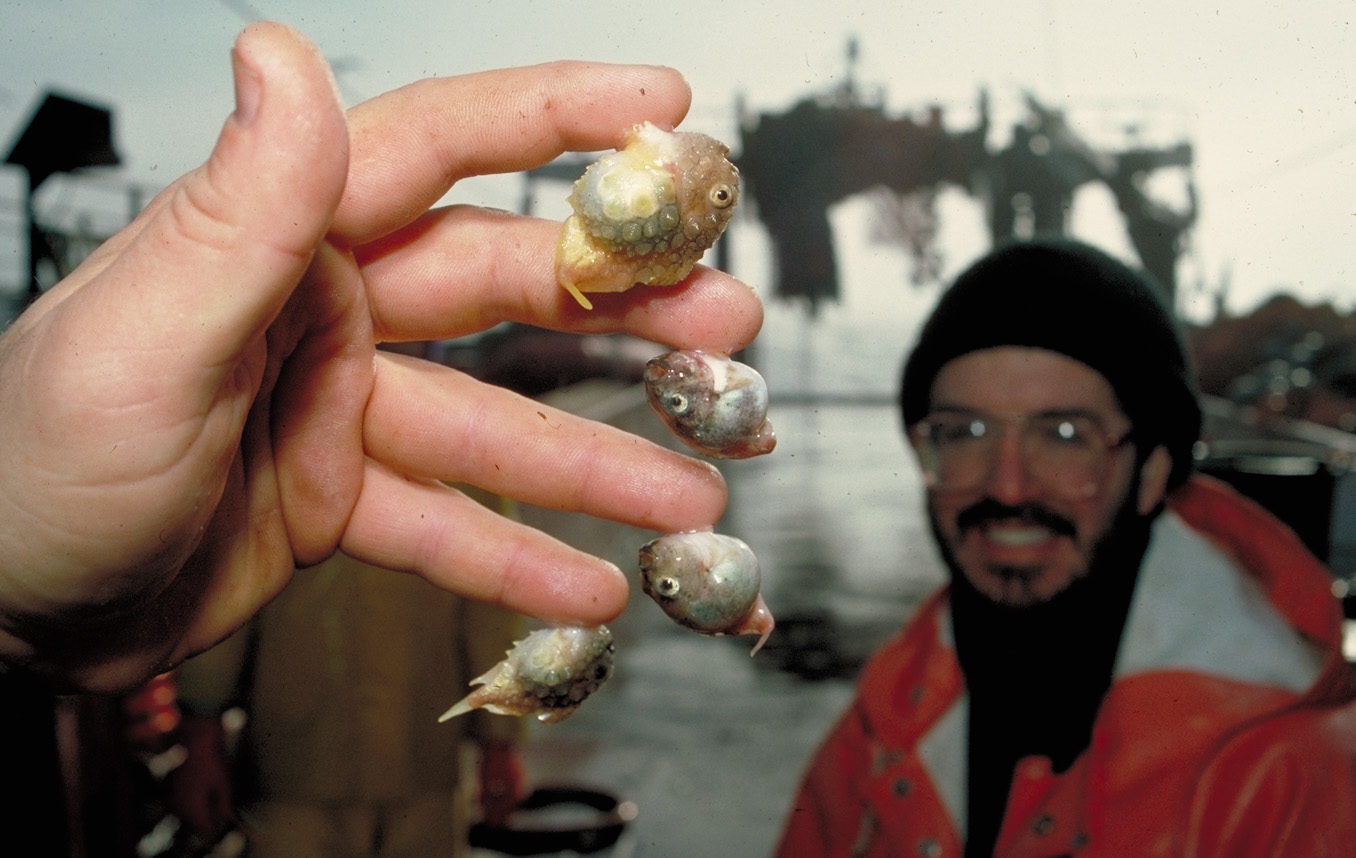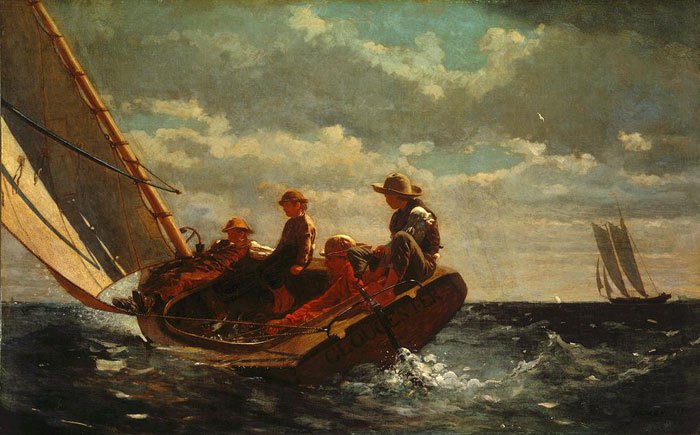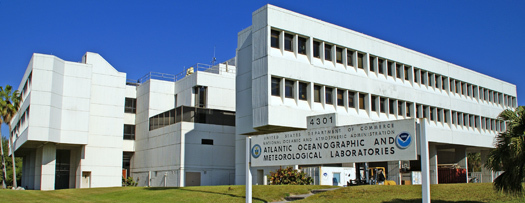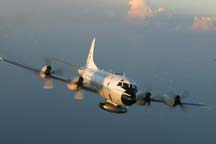NOAA Teacher at Sea
Stephen Bunker
Aboard R/V Walton Smith
October 20 — 24, 2011
Mission: South Florida Bimonthly Regional Survey
Geographical Area: South Florida Coast and Gulf of Mexico
Date: 21 October 2011
Weather Data from the bridge
Time: 11:30 AM
Wind direction: Northeast
Wind velocity: 8 m/s
Air Temperature: 23° C (73° F)
Clouds: cirro cumulus
Science and Technology Log
One of the many experiments we are doing on board is to learn about a plant that grows in the ocean called Sargassum. This tan plant floats near the surface and along in the current. It grows throughout the world’s topical seas. It can grow into large mats the and can be as large as boats and ships. Sargassum provides an environment for distinctive and plants and animals that are not found other places. These ecosystem rafts harbor many different organisms.
On the third stop of the CTD cycle we drag a Neuston net along side of the boat. For 1/2 hour, night or day, the boat takes a slow turn as we drag the net along the surface as we collect samples. Almost all of the animals below are what we have found in the Neuston net.
We’ll haul in the net and remove the contents. We’ll first try to get all of the animals out. The animals usually don’t survive but every once in a while we can save them (see below for some of the animals we captured with the net).
We’ll next sort the plant life that we collect in the net. Of course we are looking for Sargassum, so we will separate out all of the sargassum.
So, how do you measure what you get? We measure it by volume much like our mom’s measure shortening for cookies. We will fill up a graduated cylinder part way with water, put the samples from the net into the cylinder and then measure how much water they displace.
For example, if we put 2500 ml of water in the graduated cylinder, then put Sargassum in the cylinder, the water level now measures 5500 ml . We then know that there are 3000 ml (5500 ml – 2500 ml = 3000 ml) of Sargassum by volume measure.
Everything we collect from the net, we measure and record.
Personal Log — Animals I’ve seen
- Flying Fish— Yes, believe it or not, there are fish that fly. Last night as were preparing to lower the CTD, I noticed silvery-blue streaks in the water. One of the scientists with me explained that they are Flying Fish (Exocoetidae) and the lights of our vessel attracts them and many other types of fish to the surface at night. As soon as she explained this, one of them shot out of the water and glided about a meter and ducked back into the water. Read more about Flying Fish here.
-
Rock Fish — Each time we drag the Moch Net for the Sargassum survey, we can expect interesting things. Last night we captured a type of Rock Fish.
- Spotted Eel — We also found an eel that has white spots. I tried my best to see if I could more specifically identify it. We have saved it in an aquarium on board the R/V Walton Smith.
-
Mystery Fish — This fish has many of us stumped. It has a long nose but when the fish opens its mouth, you can see that the pointy part is connected to its lower jaw. Put your investigative skills to use and help me identify the fish. Post a comment if you think you know what it is. For an enlarged view, click here.
- Moon Jellies — Many people call them Jelly Fish but actually they don’t belong to the fish family at all. They don’t even have a backbone. When we carefully picked these animals up, with gloves on of course, it feels like picking up Jello with your hands; it just slips through your fingers. You can find more about Moon Jellies, Aurelia aurita, at the Monterey Bay Aquarium. You can also find general information about Jellyfish at National Geographic Kids.
-
Sharptail eel — It’s about half a meter in length and squirms all over. The scientist studying the Sargassum, has saved it in an aquarium so we can observe it. Its scientific name is Myrichthys breviceps.
- Honey Bee — Believe it or not a honey bee joined us. There was no land in view and a honey bee landed on me. The wind must have blown the bee to sea and it was probably very happy to find a place to land that was not wet.
- Porpoise — We also call these dolphins. Sometimes a pod of porpoises will get curious and investigate our boat. They will circle us, swim along side and even ride our bow wave.





































